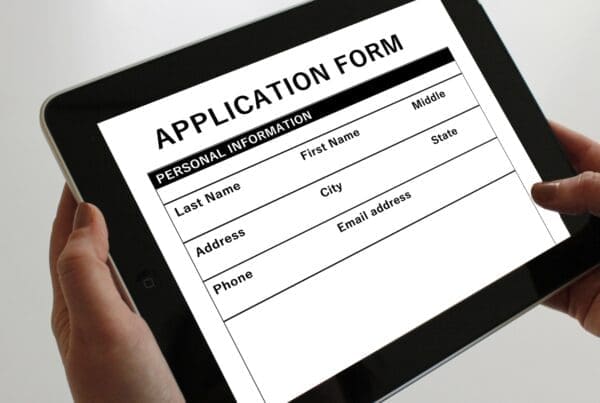For many years, diversity in the workplace has referred to considerations such as gender and ethnicity. Today, another consideration is rapidly emerging as being of key importance for organisations searching for ways to attract and retain the best talent: neurodiversity.
What does it mean to be neurodiverse?
Neurodiverse is a relatively new term – it emerged as recently as the 1990s to raise awareness, inclusion and acceptance of everyone, regardless of how their brain functions.
It’s common to describe people on the autism spectrum, or those with ADHD, as being neurodiverse, but it can equally apply to a wide range of other neurological conditions or developmental conditions, as well as genetic conditions such as Down syndrome, dyslexia, and Tourette syndrome.
The Australian sociologist Judy Singer is widely credited with coining the phrase ‘neurodiversity’. The Cleaveland Clinic has an excellent definition of what this term means today, saying “Neurodiversity” is a word used to explain the unique ways people’s brains work. While everyone’s brain develops similarly, no two brains function just alike. Being neurodivergent means having a brain that works differently from the average or “neurotypical” person.”
Google Trends confirms that searches for ‘neurodiversity’ have grown exponentially since 2004, highlighting just how quickly this topic has established itself as part of everyday life. It’s also increasingly a part of the workplace, as more and more of us identify as being neurodiverse.
What does it mean for the workplace?
There is some evidence that neurodivergent people experience higher rates of underemployment and unemployment than other groups. That means many businesses are missing out on a huge and untapped pool of talent and in-demand skills that could make a substantial contribution to business goals.
Traditional hiring practises may unwittingly place neurodiverse applicants at a disadvantage. Those who are neurodivergent may not (on the surface) present general skills that recruiters look for – such as excellent people skills or proven networking capabilities. They therefore could be easy to overlook amidst a sea of other applicants who fit a more general mould.
At the interview stage, they may not exhibit some of the typical behaviours that recruiters expect to see – perhaps that’s a lack of eye contact, an involuntary movement, or a lack of focus.
However, according to research conducted by Deloitte, “Organisations that make an extra effort to recruit, retain, and nurture neurodivergent workers can gain a competitive edge from increased diversity in skills, ways of thinking, and approaches to problem-solving.”
Many people with autism and dyslexia boast superior mathematical abilities and are better able to recognise patterns, for example. They may have superior problem solving skills and a high level of attention to detail. Subsequently, companies with neurodiverse teams report 30% gains in productivity[1].
Tips for recruiting and retaining a diverse workforce
Recruiting and retaining a more diverse workforce is something that many organisations are actively seeking to do. In the USA, the US Government has launched a Neurodiverse Federal Workforce pilot program. This program has set out to change how neurodivergent job candidates are recruited, hired, and retained for federal positions. It is pioneering a range of different approaches, including evaluation bootcamps, mentorship, internships, training, and specialist assistance.
There are many ways that the private sector can imitate this approach:
- Consider broadening recruitment and hiring practises to actively recognise and consider neurodiverse applicants. This could mean allowing longer for candidates to demonstrate their suitability rather than sticking to a set interview window.
- Remove the emphasis on superficial or non-job role crucial characteristics.
- Make appropriate accommodations within the workplace as needed – such as permitting the wearing of noise-cancelling headphones to limit audio overstimulation and creating quite zones within the office environment.
- Conduct inclusion training across the workforce. This can help to reduce misunderstandings – for example, by not automatically assuming someone is being rude if that’s just their communication style.
- Foster a clear, concise style of communication.
If you’d like to learn more about fostering a more neurodiverse team, join our next Bond Williams seminar with guest speaker Hayley Brackley. Find out more about this event here.





